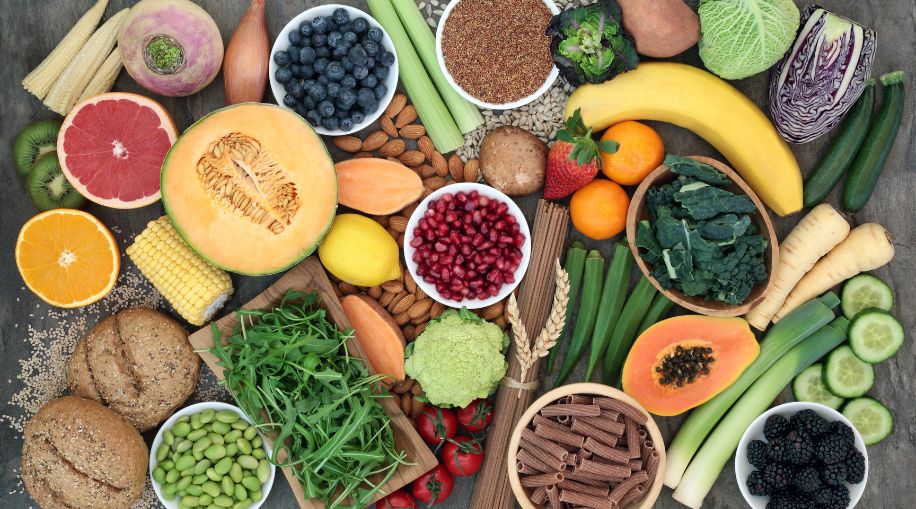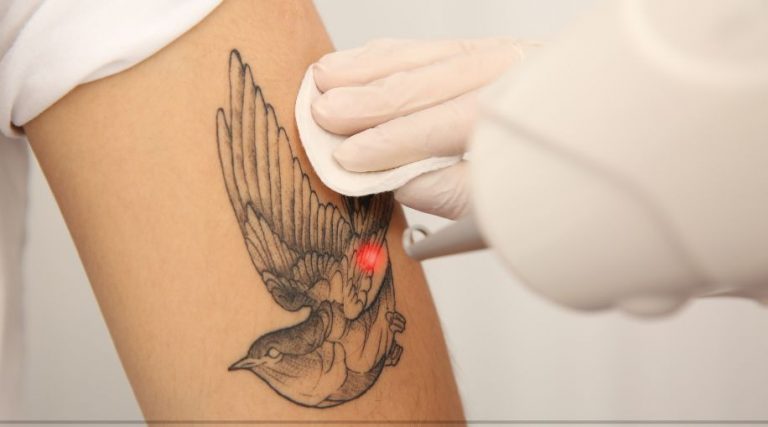Pre-Diabetic Food List
If you’ve been diagnosed with prediabetes, you might be wondering what you can do to lower your blood sugar levels to help prevent type 2 diabetes. The good news is that you can manage prediabetes with a healthy lifestyle, including a nutritious diet and regular exercise. This article will outline some of the best and worst foods to include on your pre-diabetic food list, along with a treatment option like JARDIANCE, an oral medication for adults with type 2 diabetes, heart failure and chronic kidney disease.
List of Drinks to Avoid for Diabetes
- Regular soda.
- Fruit juices.
- Sweetened iced tea.
- Energy drinks.
- Flavored coffee drinks.
- Alcoholic beverages (especially sweetened cocktails).
- Sweetened sports drinks.
- Sweetened milk alternatives (like flavored almond or soy milk).
- Sugary smoothies.
- Sweetened lemonade.
Foods to Avoid
A healthy eating plan for prediabetes should limit or avoid the following:
Saturated and Trans Fats
Foods high in these fats raise bad cholesterol (LDL) and increase heart disease risk. Some examples include:
- Red meat.
- Processed meat.
- Cheese.
- Butter.
- Pastries or desserts.
Salt
High levels of sodium increase blood pressure and can cause kidney damage. Common foods high in sodium (salt) include:
- Canned soup.
- Condiments.
- Sauces.
- Salad dressings.
- Many types of snacks.
High Glycemic Index Foods
High GI foods cause a large spike in blood sugar levels after eating them. Foods high on the glycemic index include:
- White bread.
- White rice.
- Potatoes.
- Corn.
- Watermelon.
- Sugar-packed cereals.
Alcohol
Alcohol increases your intake of calories and also interferes with blood sugar control.
What is Prediabetes?
Prediabetes, also called impaired fasting glucose or impaired glucose tolerance, is a condition in which your blood sugar (glucose) levels are higher than normal but not high enough to be diagnosed with type 2 diabetes. Prediabetes increases your risk of developing type 2 diabetes and other health issues, including heart disease, kidney disease and eye problems.
Prediabetes doesn’t usually cause any symptoms, but some people may experience the following:
- Increased thirst.
- Frequent urination.
- Blurred vision.
- Fatigue.
- Darkened skin on some areas of skin, particularly in the neck, armpits and groin.
Prediabetes is diagnosed by a simple blood test measuring fasting plasma glucose levels or an oral glucose tolerance test.
Your Healthy Pre-Diabetes Food List
A healthy eating plan for prediabetes should include the following:
High Fiber Foods
Fiber helps you feel fuller longer, lowers your cholesterol and slows down sugar absorption into the bloodstream. Fruits, veggies, whole grains, nuts and seeds are common foods packed full of fiber.
Lean Protein
Lean protein and low-fat dairy products help to keep you full, build and maintain your muscle mass and support your immune system. Some of these foods include:
- Lean meats, including fish, chicken, turkey and pork.
- Tofu.
- Eggs.
- Low-fat dairy products, including 1-0% milk or yogurt, light or fat-free cream cheese, low-fat cottage cheese, and more.
Healthy Fats
Healthy fats help to lower your blood pressure and cholesterol levels and decrease inflammation in your body. Some healthy fats include:
- Nuts and seeds.
- Fatty fish.
- High-fat cooking oils, including olive oil and avocado oil.
Low Glycemic Index (GI) Foods
Low GI foods cause a lower spike in blood sugar after consumption compared to high GI foods. Some foods on the low glycemic index include:
- Whole grains, including barley and quinoa.
- Non-starchy vegetables, including sweet potato, winter squash, and peas.
- Fruits, including apples, berries, peaches, pears, and plums.
Plate Proportions
The American Diabetes Association (ADA) recommends the following plate proportions for meals:
- 50% non-starchy vegetables (i.e., sweet potato, winter squash, peas, etc.).
- 25% healthy carbohydrates (i.e., whole grains such as quinoa, farro, brown rice, etc.).
- 25% lean protein (i.e., turkey, chicken, tofu, fish, etc.).
- Water or a zero-calorie drink is preferred.
Preventing Prediabetes from Progressing to Type 2 Diabetes
In addition to a healthy eating plan, there are additional steps you can take to minimize the risk of your prediabetes progressing to type 2 diabetes, including:
Get Active
Exercise helps to control your weight. It also helps to use up sugar in the body for energy and helps your body use insulin more effectively. Try to exercise for at least 2.5 hours each week.
Lose Extra Pounds
If you’re overweight or obese, losing even a few pounds can help to reduce your risk of developing type 2 diabetes.
Quit Smoking
If you’re a smoker, quit. This will help to improve the way your body uses insulin and will help to improve your blood sugar levels.
Take Medications as Directed
If your doctor has recommended any medication, such as metformin, or medications for high blood pressure or cholesterol, be sure to take them as prescribed.
JARDIANCE for Type 2 Diabetes
Jardiance is a medication used to help manage diabetes. It works by helping the kidneys remove excess sugar from the body through urine. This can help lower blood sugar levels. Remember to consult with your healthcare professional for more information and guidance on how to use Jardiance effectively as part of your diabetes management plan.
Final Notes
If you’ve been diagnosed with prediabetes, following a healthy eating plan that includes food choices from the pre-diabetic food list can help you manage your blood sugar levels and reduce your risk of developing type 2 diabetes. While no one diet is suitable for everybody, there are some general guidelines you can follow to make better food choices and control your blood sugar levels. A prediabetic food list includes foods that are low in added sugars, high in fiber, lean protein and contain healthy fats and low glycemic index foods.
Following a healthy eating plan means avoiding foods high in trans and saturated fats, sodium, high glycemic index foods, and alcohol. By making healthy food choices from this pre-diabetic food list, you can keep your blood sugar levels in check and improve your overall health and well-being.

